How Virtual Healthcare is Changing the Future of Medicine

Telemedicine is more accessible than ever before, and virtual healthcare is certainly changing the future of medicine as we know it.
In this article, we’ll take a look at the impact of telemedicine and how virtual healthcare is becoming the future of medicine as we currently know it.
The accessibility of telemedicine
With telehealth more accessible, it enables more patients to get the help they need. For some, this help may not have been so readily available before, when exclusively required to visit an office. Medicare telehealth policies enable patients to receive services in any location in the U.S., beyond conventional clinical settings.
Before telehealth, patients would often compromise their health due to having no healthcare available nearby. This would be particularly challenging for those who didn’t have access to a vehicle or public transport.
What about those patients who couldn’t physically leave their homes? Well, they’d rely on healthcare professionals traveling to them, which was not always possible or frequent enough.
By the end of 2025, the global telehealth market will be worth $55.6 billion. This is an industry that’s truly booming while meeting the demands of patients living in the modern world. As a result of this progress within telehealth, federally qualified health centers are now allowed to provide such services to low-income communities.
What are the financial benefits of telemedicine?
There are great benefits to using telemedicine, mainly its cost efficiency and the savings it can generate for all parties.
During COVID-19, telehealth led to estimated cost savings of up to $181 million for Medicare. With the pandemic restricting many patients from going to their local healthcare professional, telehealth was a real lifesaver for many.
Updated data shows that telehealth consultations have been able to reduce costs by up to $33 million for Medicare, and $181 million for Medicaid, to date. The total cost savings for 6,444 patients using telemedicine were over a combined $984,500.
It’s not just the businesses that benefit from telehealth financially. The average patient saved around $152.72 when accounting for travel time and time away from work, to attend appointments in person.
How telemedicine is driving tech and AI innovations
Artificial intelligence has grown substantially in its adoption, so much that it’s helping to drive further success in the telemedicine industry.
AI-driven tools are being used to optimize remote patient treatment plans, so that they’re tailored to the individual for a more personalized experience.
Remote telemedicine payment processing systems are helping to reduce the friction that comes with paying for out-of-pocket telemedicine services. Many companies are now using advanced payment portals so that they can be integrated with telemedicine platforms.
AI is being used for chatbots too, making them more conversational and providing virtual home-based healthcare when human professionals are unavailable. Although AI has some ways to go when it comes to sounding authentically human, it’s already making noticeable progress in terms of its knowledge base.
Remote patient monitoring is also merging with telemedicine for continuous tracking of patients’ vital signs.
Telemedicine is enhancing patient outcomes
Telemedicine is helping to enhance patient outcomes, especially when it comes to patient satisfaction. In fact, patients’ satisfaction with healthcare communication is at 95% using telemedicine tools.
Many clinicians report that telemedicine is improving patients’ health outcomes, and heart failure patients in particular have seen a 40% drop in mortality risk by using telehealth systems. With heart-related issues being a real-life-or-death situation in many cases, having access to telehealth services is crucial.
Enhancing patient outcomes creates the potential for a longer life, due to the access to healthcare that’s available with virtual telehealth services. First-time telemedicine users have often judged virtual care to be better than regular in-person visits.
But the data tells the story. By using telemonitoring to capture and transmit health data from a patient's home directly to their care team, patients post-discharge are 1.72 times more likely to achieve favorable outcomes. This continuous oversight allows for early intervention, which is why the same study found that they were over 2.39 times less likely to require hospital services, effectively preventing readmissions.
Virtual healthcare certainly is changing the patient service model dramatically. It’s an exciting time for businesses and consumers who may benefit from this approach to medicine, now and in the future.
Embed This Infographic
Copy and paste the code below to get this infographic onto your website or blog.
Related Reading
 3-in-1 Reader | 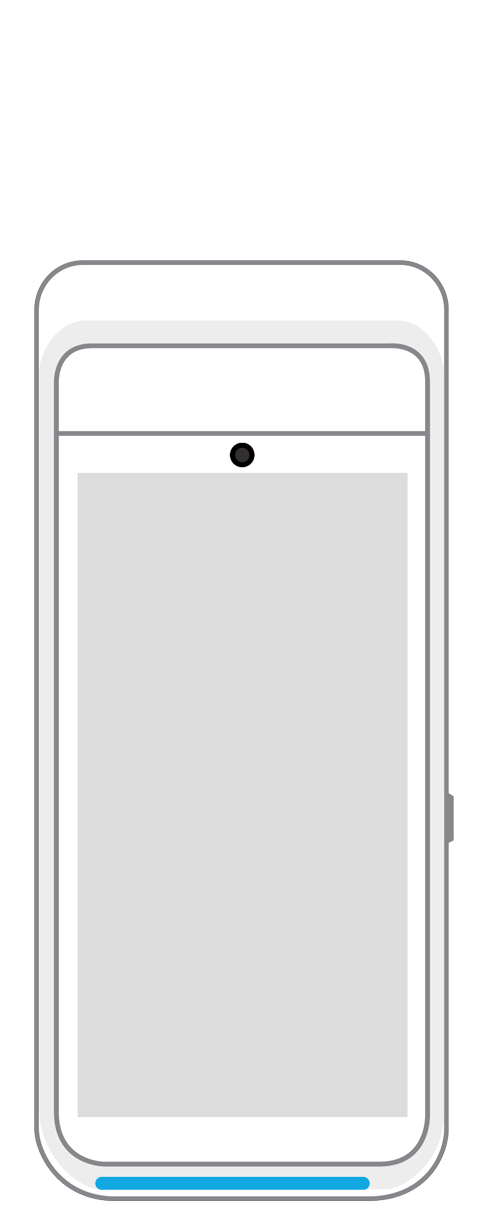 Terminal | 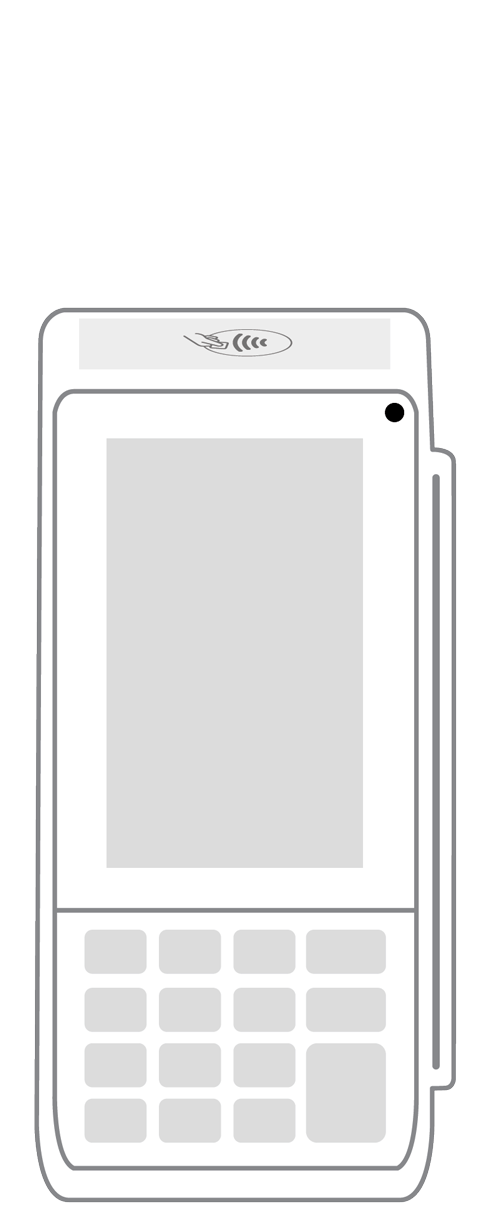 Keypad | 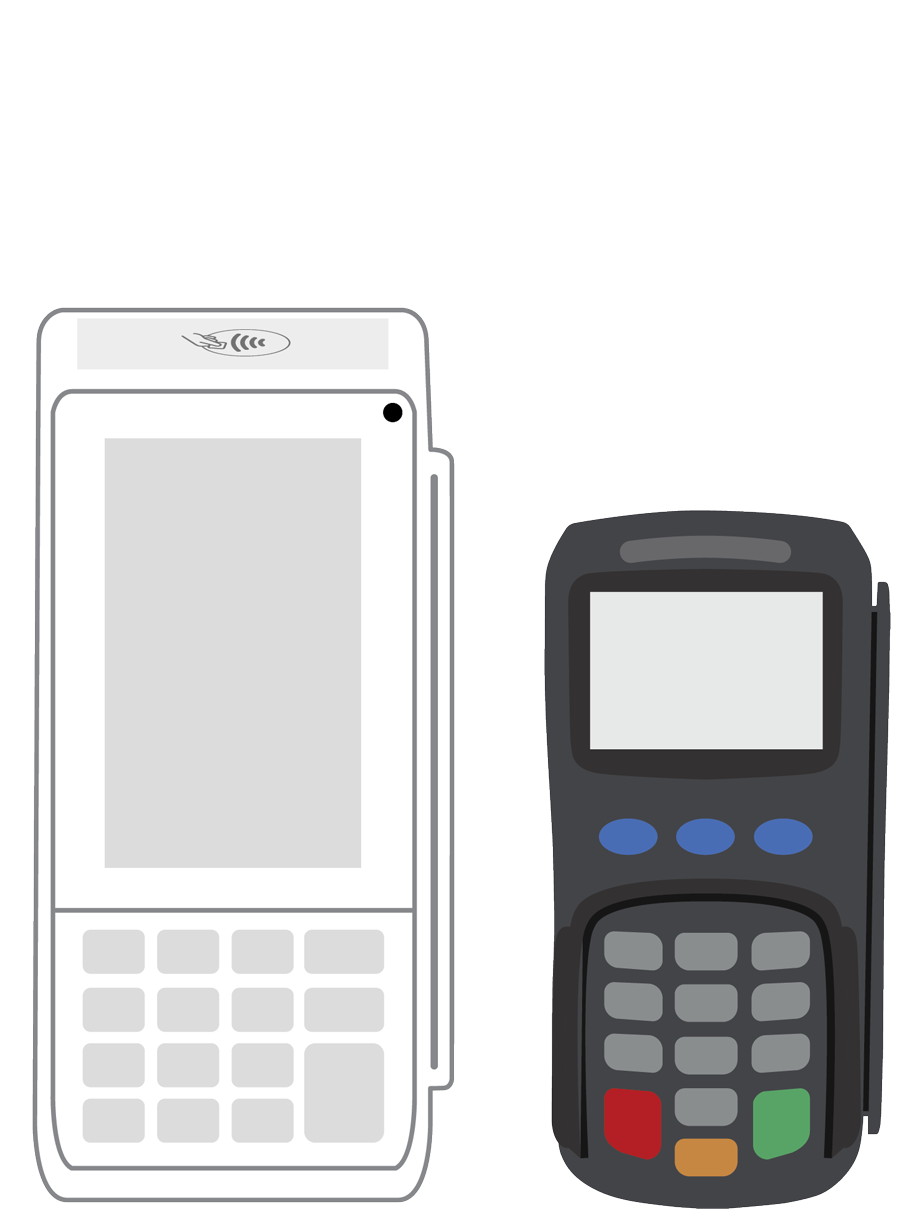 PINPad Pro | 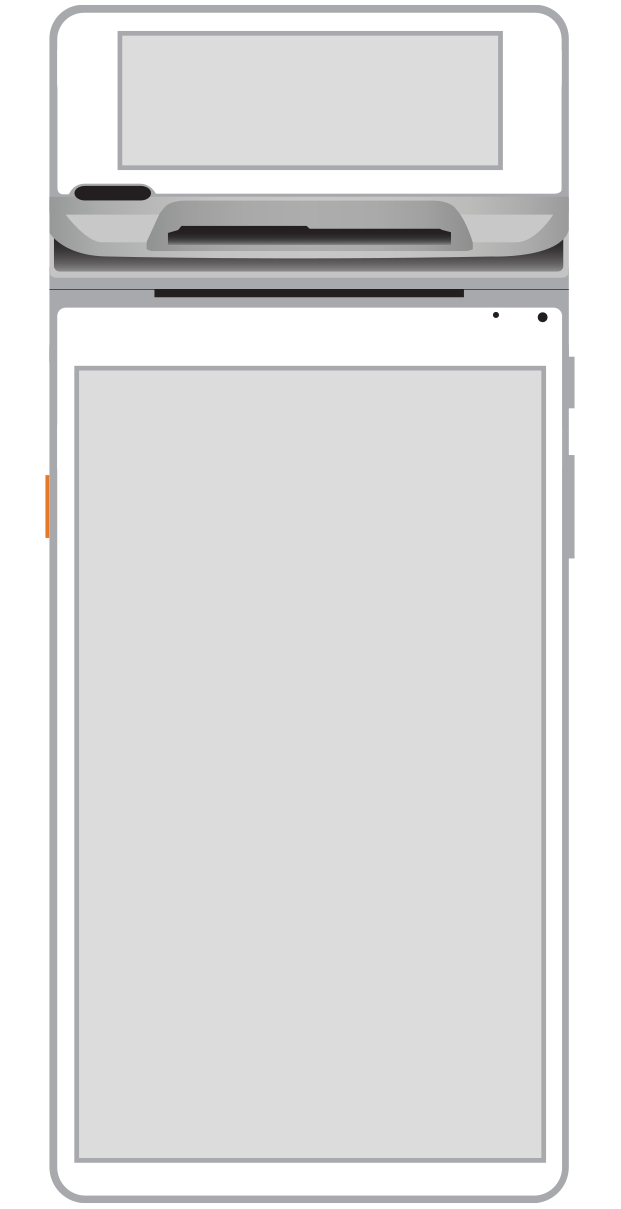 Flex | 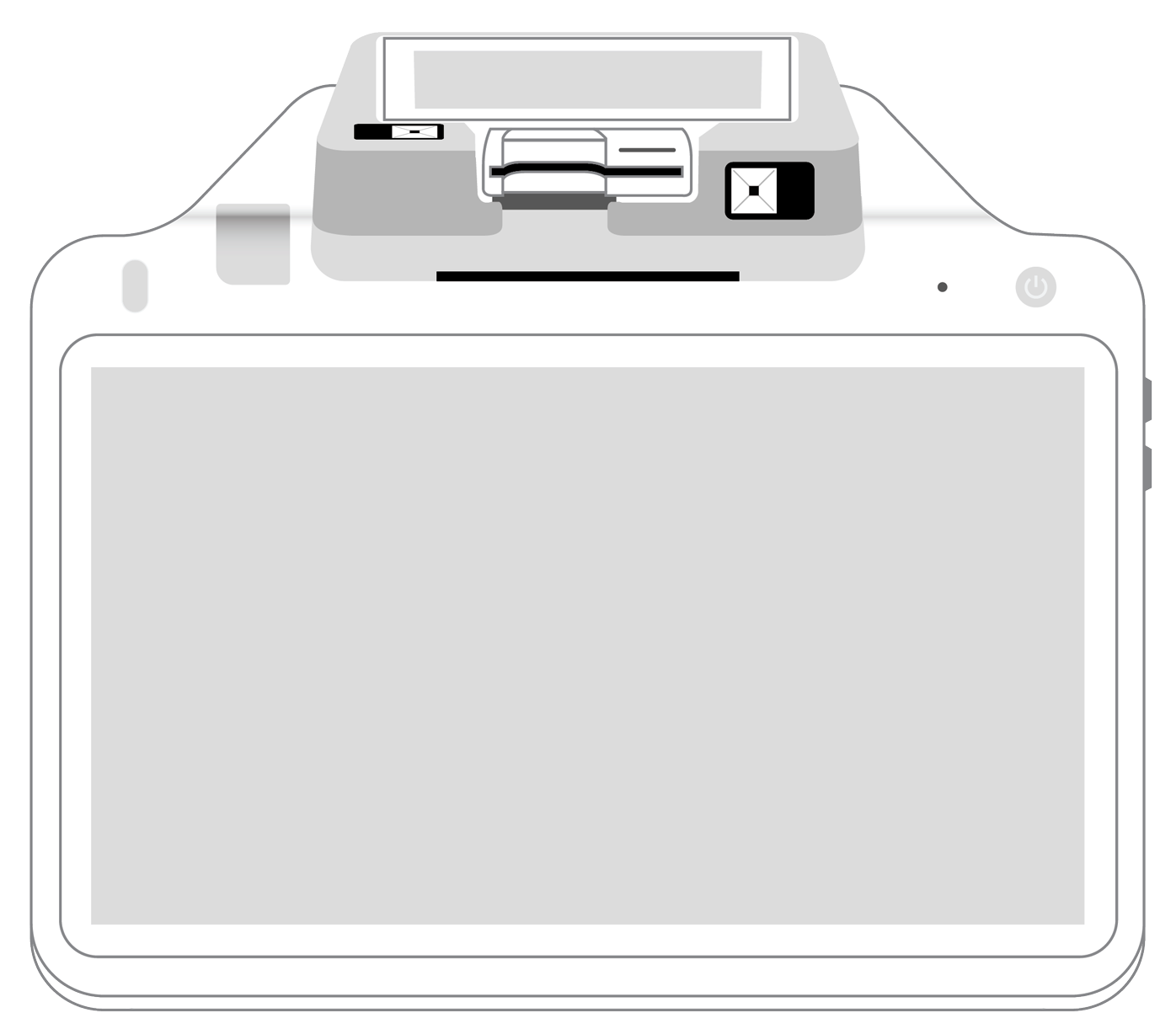 POS+ | |
|---|---|---|---|---|---|---|
Payment types | ||||||
EMV chip card payments (dip) | ||||||
Contactless payments (tap) | ||||||
Magstripe payments (swipe) | ||||||
PIN debit + EBT | ||||||
Device features | ||||||
Built-in barcode scanner | ||||||
Built-in receipt printer | ||||||
Customer-facing second screen | ||||||
External pinpad | ||||||
Wireless use | ||||||
Network | ||||||
Ethernet connectivity | With dock | |||||
Wifi connectivity | ||||||
4G connectivity | ||||||
Pricing | ||||||
Free Placement | ||||||